
In the world of high-speed data transmission, the little-known heroes often go unnoticed. Among these unsung heroes are QSFP28 patch cables. These connectors play a vital role in enabling rapid and reliable data links. In this blog, we will not only shed light on the significance of QSFP28 patch cables but also introduce you to the PSM4 QSFP28 Patch Cable and its incredible capabilities. Buckle up for a journey into the world of high-performance data links.
Overview of the PSM4 QSFP28 Patch Cable
Before diving deep into the intricacies of QSFP28 patch cables, it’s essential to understand why high-performance data links are crucial in today’s digital age. As we move forward, we’ll discuss the critical role these cables play and their applications across various industries.
Significance of High-Performance Data Links
High-performance data links are the backbone of modern digital infrastructure. Their significance lies in their ability to facilitate rapid and reliable data transmission, critical for various applications. These links empower data centres, cloud computing, IoT, and high-frequency trading, ensuring low latency, high throughput, and real-time data processing.
In the age of big data and 5G connectivity, high-performance data links enable seamless communication, supporting the growth of digital ecosystems, scientific research, and technological advancements. They are the conduits that drive innovation, making possible the interconnected world we rely on for information, entertainment, commerce, and progress.
Understanding QSFP28 Patch Cables
What are QSFP28 Connectors?
Let’s start by demystifying QSFP28 connectors. QSFP28, which stands for Quad Small Form-Factor Pluggable 28, is a compact, high-speed, and versatile optical transceiver module. These connectors are designed to transmit data at staggering speeds while maintaining compatibility with a wide range of network equipment. Understanding their key features and specifications is vital to grasp their significance in modern data communication.
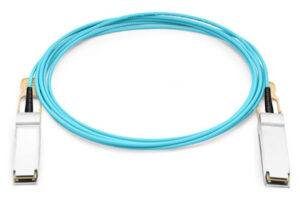
Key Features and Specifications
- Data Transmission Speed: QSFP28 connectors are renowned for their ability to transmit data at lightning-fast speeds. With data rates reaching up to 100 gigabits per second (Gbps), they are the go-to solution for data-intensive applications.
- Form Factor: Despite their high performance, QSFP28 connectors maintain a compact form factor. This compactness is a significant advantage in densely populated data centre environments where space is at a premium.
- Compatibility: One of the standout features of QSFP28 connectors is their compatibility with various networking equipment. They can be used in switches, routers, and other networking devices, making them a versatile choice for a wide range of applications.
Benefits of PSM4 QSFP28
- Wavelength Division Multiplexing (WDM): PSM4 QSFP28 cables use WDM technology, allowing them to transmit data on multiple wavelengths simultaneously. This increases the effective bandwidth and data capacity of each fibre strand, resulting in higher data throughput.

- Four Parallel Lanes: PSM4 QSFP28 cables consist of four parallel optical lanes, each transmitting data at 25 Gbps. These lanes work in concert, achieving a total data rate of 100 Gbps. This parallel configuration enhances data transmission efficiency.
- Long-Reach Capability: PSM4 QSFP28 patch cables are designed for long-reach applications, typically reaching distances of up to 2 kilometres (km). This extended reach makes them suitable for interconnecting equipment in data centres and large-scale network deployments.
- Low Latency: With their parallel transmission and low signal attenuation, PSM4 QSFP28 patch cables offer low-latency data transfer. This is critical for applications where real-time data processing and minimal delay are essential, such as financial trading platforms and telecommunications.
- Error Correction and FEC: PSM4 QSFP28 patch cables often incorporate Forward Error Correction (FEC) mechanisms. FEC helps detect and correct errors in transmitted data, ensuring data integrity and reducing the need for retransmissions. This feature is crucial for maintaining reliable data links in high-speed networks.
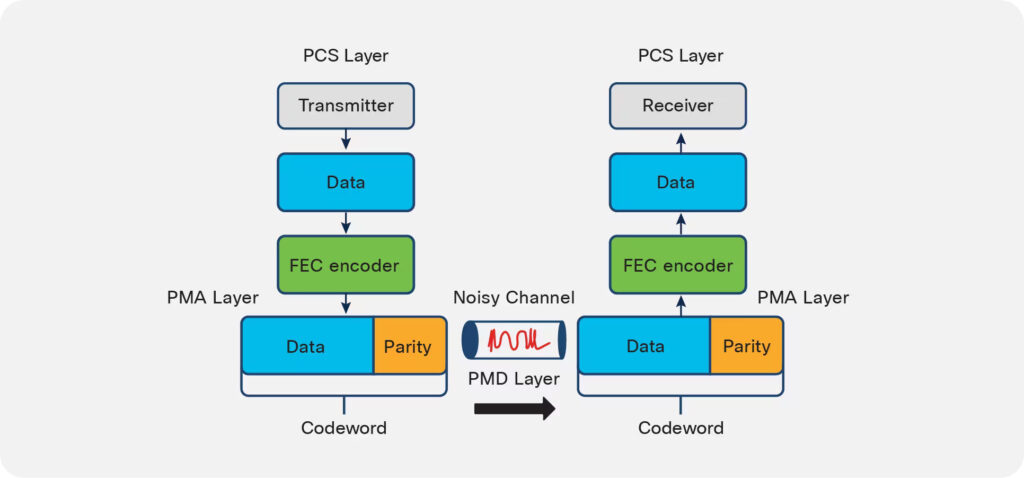
Installation and Maintenance Tips PSM4 QSFP28 patch cables
- Handle with Care: When installing or handling PSM4 QSFP28 patch cables, always exercise caution. Avoid bending or twisting the cables excessively, as this can damage the fibre cores and impact signal quality.
- Inspect Connectors: Before installation, carefully inspect the connectors on both ends of the cable. Ensure that there are no visible contaminants, dust, or debris. Even minor particles can degrade signal performance.
- Clean Connectors Properly: If you notice any contamination on the connectors, use an appropriate fibre optic cleaning kit to clean them. Follow manufacturer guidelines to avoid scratching or damaging the connectors during cleaning.
- Proper Cable Routing: When routing PSM4 QSFP28 cables, ensure they are not subjected to sharp bends or excessive tension. Use cable management tools and cable trays to maintain proper bend radii and prevent stress on the cables.
- Environmental Considerations: Be mindful of the environment where you install these cables. Avoid exposing them to extreme temperatures, humidity, or direct sunlight, as these factors can affect cable performance. Use cable sheaths or protective conduit when necessary.
- Regular Inspection: Periodically inspect the cables for signs of wear, damage, or bending beyond the recommended limits. Early detection of issues can prevent network disruptions and data transmission problems.
- Documentation and Labelling: Maintain thorough documentation of cable installations, including cable lengths, routing paths, and connection points. Label each cable to identify its purpose and endpoints, making it easier to troubleshoot and manage the network in the future.
Check out the QSFP28 transceivers range here.
Choosing the Right PSM4 QSFP28 Patch Cable
Factors to Consider
- Data Rate Requirements:
- Begin your cable selection process by evaluating your data rate requirements. Take into account both your current data transmission needs and any anticipated future growth. PSM4 QSFP28 patch cables offer remarkable data transmission speeds, reaching up to 100 Gbps. Ensure the cable you choose aligns with your network’s data rate demands.
- Fibre Type and Distance:
- Fibre type is a critical factor that directly impacts cable performance. Determine whether your network necessitates single-mode or multimode fibres. Single-mode fibres are suitable for longer distances (typically up to 2 kilometres), while multimode fibres are ideal for shorter connections. Calculate the exact distance between your equipment, and ensure the selected PSM4 QSFP28 cable can cover this distance adequately. Also, account for any potential network expansion.
- Compatibility with Equipment:
- Seamless integration with your networking equipment is paramount. PSM4 QSFP28 patch cables must be fully compatible with your switches, routers, and transceivers to maintain optimal signal integrity. Refer to the equipment manufacturer’s specifications to verify compatibility. Overlooking this aspect could lead to signal loss and data transmission issues that disrupt your network’s performance.
Recommendations and Best Practices
To make an informed selection and maximise network performance, adhere to these recommendations and best practices:
- Consult with Experts
Seek guidance from network specialists or fibre optic engineers if you’re uncertain about the ideal PSM4 QSFP28 patch cable for your requirements. Their expertise can offer tailored insights to facilitate your cable selection process. - Prioritise Quality
Cable quality is of utmost importance. Invest in high-quality cables from reputable manufacturers to ensure reliability and longevity. Quality cables are less susceptible to signal degradation and provide superior long-term performance. - Plan for Scalability
Anticipate future network growth by selecting cables that can accommodate increased bandwidth demands. Opting for cables with greater bandwidth and longer reach than your current needs can save you from frequent upgrades. - Ensure Testing and Certification
Verify that your chosen cables are tested and certified to meet industry standards. Certifications like RoHS (Restriction of Hazardous Substances) and CE (Conformité Européenne) indicate compliance with environmental and safety regulations. - Label and Document
Label each cable and maintain thorough documentation of its installation details, including length, routing, and connection points. This documentation simplifies troubleshooting and network maintenance in the future. - Regular Inspection
Periodically inspect and test your PSM4 QSFP28 patch cables to detect wear, damage, or performance issues early. Timely identification and replacement of faulty cables can prevent network disruptions. - Consider Environmental Factors
Ensure that your selected cables are suitable for the environmental conditions in which they will be deployed. Extreme temperatures, humidity, and other environmental factors can affect cable performance.
Conclusion
PSM4 QSFP28 patch cables, with their advanced features, are pivotal components in high-speed data transmission. Leveraging parallel single-mode fibre technology, these cables can simultaneously transmit data over multiple fibre strands. Their exceptional data rates, reaching up to 100 Gbps, make them indispensable in data centres, cloud infrastructure, high-frequency trading, telecommunications, and scientific research.
When selecting the ideal PSM4 QSFP28 patch cable, it’s imperative to consider specific technical factors. Start by assessing data rate requirements, ensuring that the chosen cable aligns with the network’s need for high-speed data transmission. Additionally, evaluate fibre type compatibility—whether single-mode or multimode—based on the distance requirements of your network. Ensuring compatibility with networking equipment such as switches and routers is paramount to maintain signal integrity.
To make informed choices, adhere to industry best practices. Consult with experts to leverage their insights, prioritise high-quality cables for reliability, plan for future scalability, ensure cables meet testing and certification standards, maintain detailed documentation for troubleshooting, conduct regular inspections to pre-empt issues, and consider environmental factors that may affect cable performance.
In a data-driven world, PSM4 QSFP28 patch cables empower high-performance data links, enabling the seamless flow of information across diverse industries. Their technical prowess and adaptability make them indispensable tools in the pursuit of rapid, reliable, and future-ready data transmission.
FAQ's
PSM4 QSFP28 patch cables are high-speed, optical fibre cables designed for data transmission at rates up to 100 gigabits per second (Gbps). They utilise parallel single-mode fibre technology for efficient data links
PSM4 QSFP28 cables are commonly used in data centres, cloud infrastructure, telecommunications, and high-frequency trading due to their high-speed data transmission capabilities.
PSM4 QSFP28 cables use parallel single-mode fibre technology, offering higher data rates and longer reach compared to some other optical cables. They transmit data over multiple fibre strands simultaneously.
Yes, PSM4 QSFP28 cables are designed for compatibility with various networking equipment, including switches, routers, and transceivers.
Key factors include data rate requirements, fibre type (single-mode or multimode), distance requirements, and compatibility with your networking equipment.
Yes, PSM4 QSFP28 cables are suitable for longer distances, typically spanning up to 2 kilometres (km) while maintaining signal integrity.
Yes, best practices include regular inspections, cleaning connectors, labelling and documenting installations, ensuring environmental suitability, and consulting experts when needed.
Invest in cables from reputable manufacturers and verify that they meet industry standards and certifications.
It's advisable to protect PSM4 QSFP28 cables from extreme temperatures, humidity, and direct sunlight. Consider using protective sheaths or conduits when needed.
Yes, PSM4 QSFP28 cables offer scalability for future network expansion, making them a wise choice for adapting to evolving data requirements.
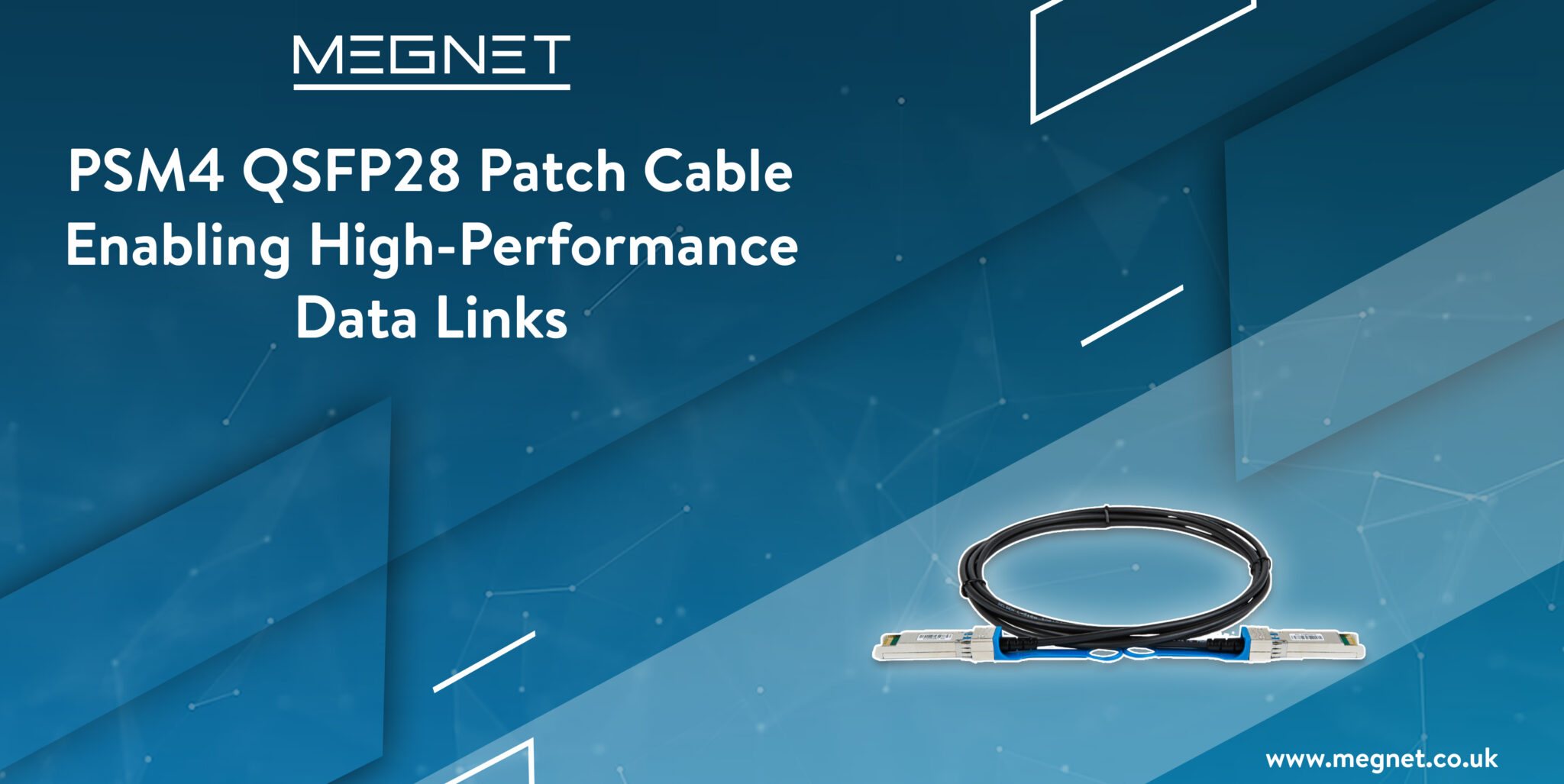

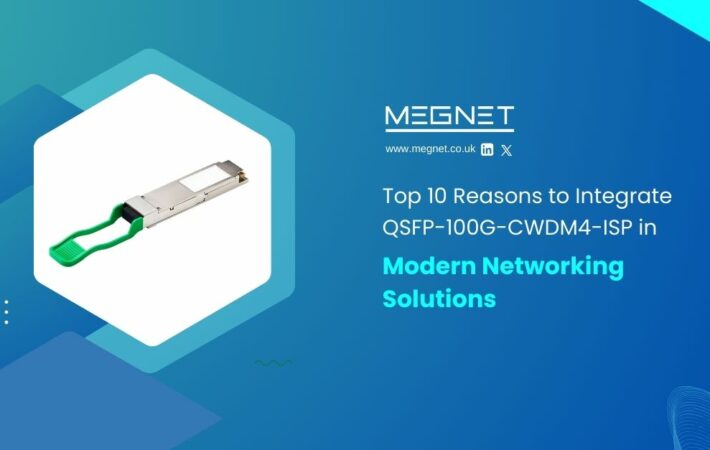
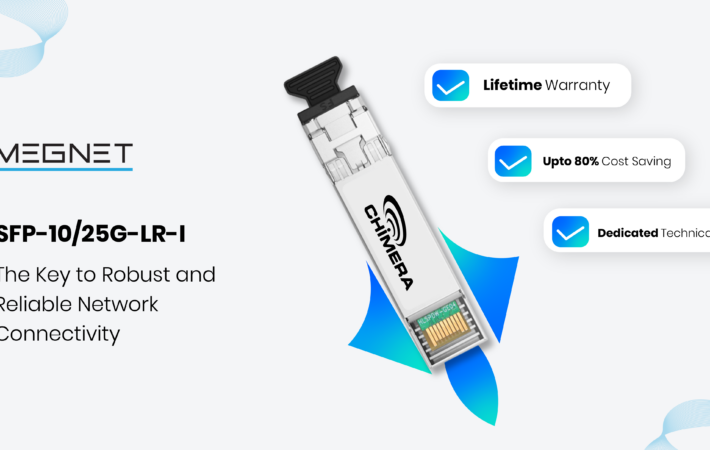
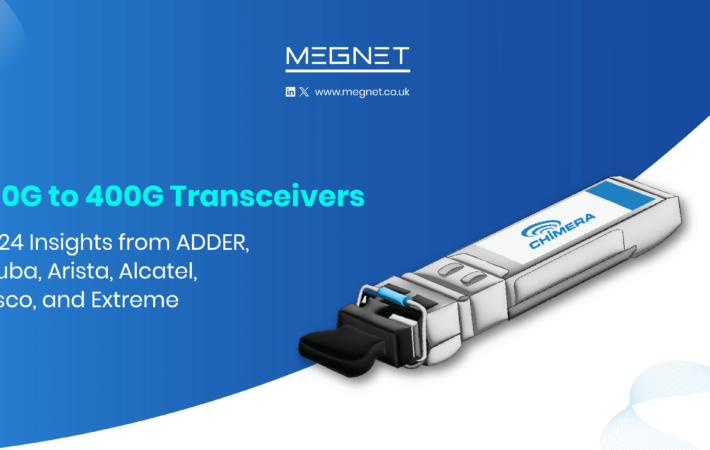




Leave a comment
Your email address will not be published. Required fields are marked *